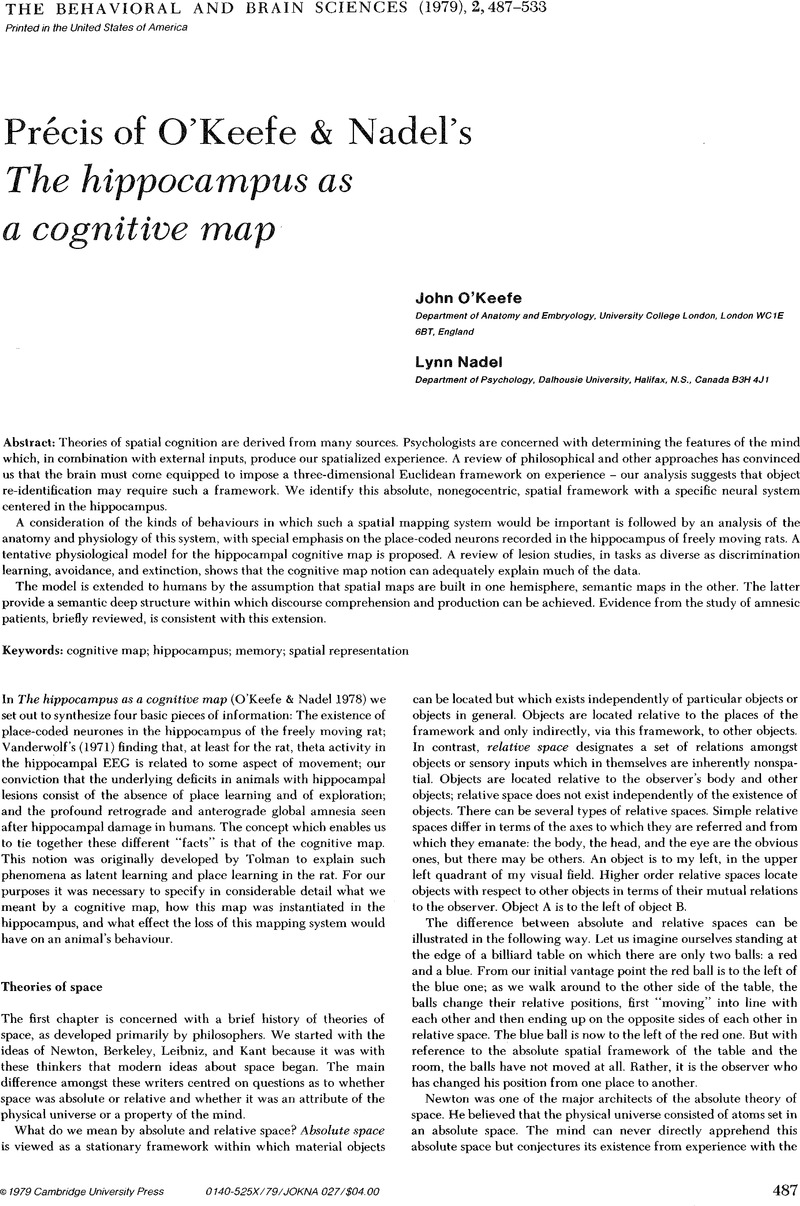Crossref Citations
This article has been cited by the following publications. This list is generated based on data provided by Crossref.
Kimble, Daniel P.
and
BreMiller, Ruth
1981.
Latent learning in hippocampal-lesioned rats.
Physiology & Behavior,
Vol. 26,
Issue. 6,
p.
1055.
Amsel, Abram
1993.
Hippocampal function in the rat: Cognitive mapping or vicarious trial and error?.
Hippocampus,
Vol. 3,
Issue. 3,
p.
251.


